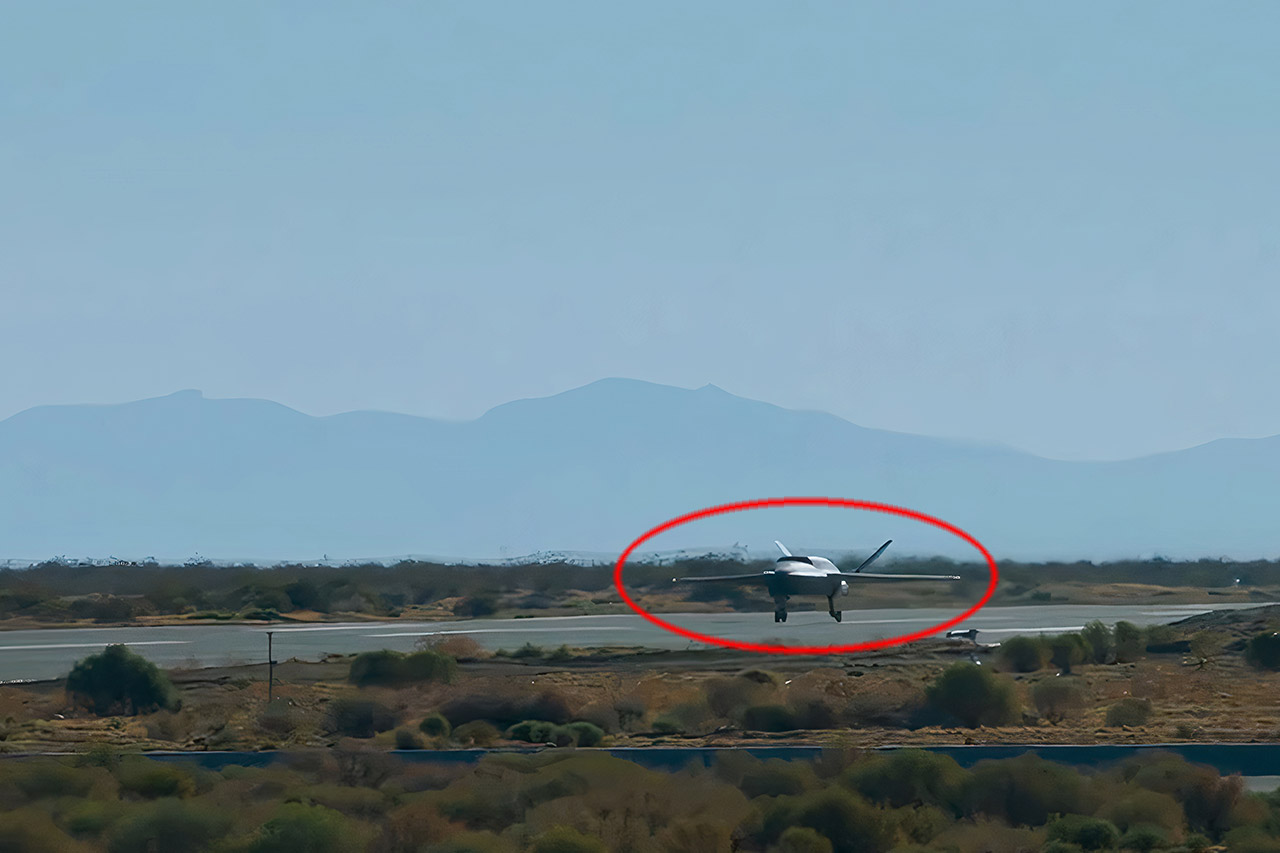General Atomics’ YFQ-42A Autonomous Combat Drone Successfully Completes Test Flight


On August 27th, the US Air Force’s Collaborative Combat Aircraft (CCA) program launched its first autonomous combat drone, the YFQ-42A, from a California test site. This uncrewed craft, built by General Atomics Aeronautical Systems, was designed to fly alongside modern jets like the F-22 Raptor as well as the F-35 Lightning II.
General Atomics’ YFQ-42A is the culmination of years of development building on the company’s Gambit series of unmanned vehicles and the XQ-67A Off-Board Sensing Station. Most of the development was done digitally, using computer models to simulate and enhance designs before actual construction began. This allowed the drone to go from blueprints to flight in about 12 months. Five years of testing on the jet powered MQ-20 Avenger drone helped shape the YFQ-42A’s autonomous systems giving it an edge in flying in tough conditions without human intervention.

DJI Neo, Mini Drone with 4K UHD Camera for Adults, 135g Self Flying Drone that Follows You, Palm Takeoff,…
- Due to platform compatibility issue, the DJI Fly app has been removed from Google Play. DJI Neo must be activated in the DJI Fly App, to ensure a…
- Lightweight and Regulation Friendly – At just 135g, this drone with camera for adults 4K may be even lighter than your phone and does not require FAA…
- Palm Takeoff & Landing, Go Controller-Free [1] – Neo takes off from your hand with just a push of a button. The safe and easy operation of this drone…
The YFQ-42A has a streamlined fuselage and V-tail that reduces radar and infrared signatures making it harder to detect. A dorsal air intake keeps the jet sleek while allowing high speed performance. Exact specs are unknown but estimates say it has a combat range of over 700 nm (approximately 805 miles or 1,300 km) to cover large operational areas. The drone’s modular payload bay can carry two air-to-air missiles like the AIM-120 AMRAAM to engage enemy aircraft. There’s even speculation of airborne refueling capability which would extend its range but details are scarce.
Autonomy is what sets the YFQ-42A apart; artificial intelligence honed through flight testing allows for semi-autonomous operation meaning it can fly and fight with minimal human intervention. Pilots in adjacent crewed aircraft can give high level commands while the drone handles navigation, targeting and even battle maneuvers. This human-machine teaming allows pilots to focus on strategy while the drone does the work such as engaging targets or drawing enemy fire as a decoy. The system is open architecture so it can adapt to different missions – strike, surveillance and electronic warfare – by swapping payloads making it a tool for commanders.
The YFQ-42A is driven by cost and scale, the Air Force wants to field over 1,000 of these drones, it’s a force multiplier. Unlike traditional fighters which are expensive and require a lot of pilot training, these unmanned jets are designed for high volume production at a fraction of the cost. General Atomics’ Poway, California facility already produces over 100 uncrewed aircraft a year and the YFQ-42A’s production line is designed to scale up quickly. This doesn’t mean sacrificing capability; the drone’s stealth and autonomy makes it a formidable player in high threat areas.
[Source]
General Atomics’ YFQ-42A Autonomous Combat Drone Successfully Completes Test Flight
#General #Atomics #YFQ42A #Autonomous #Combat #Drone #Successfully #Completes #Test #Flight







